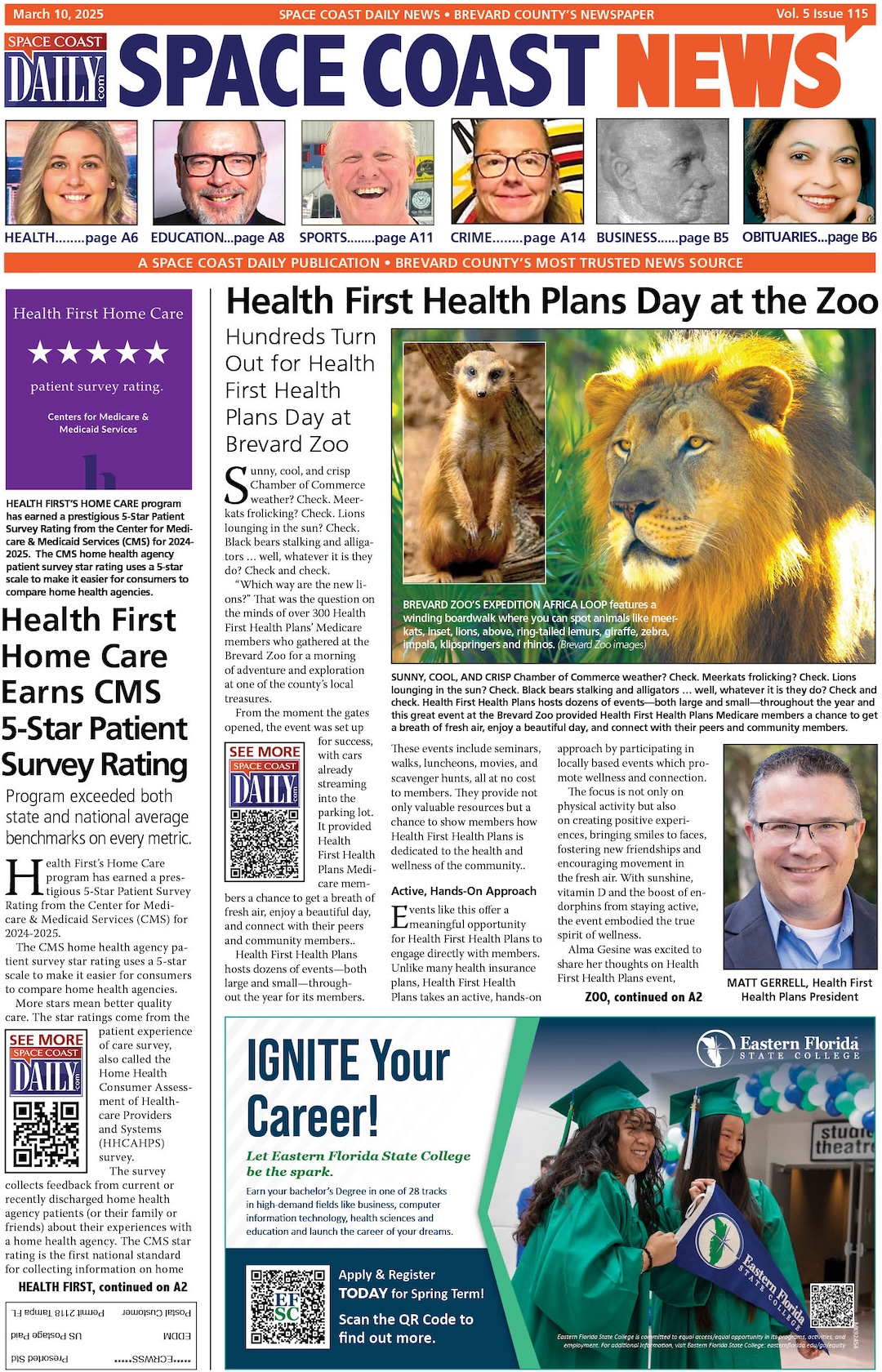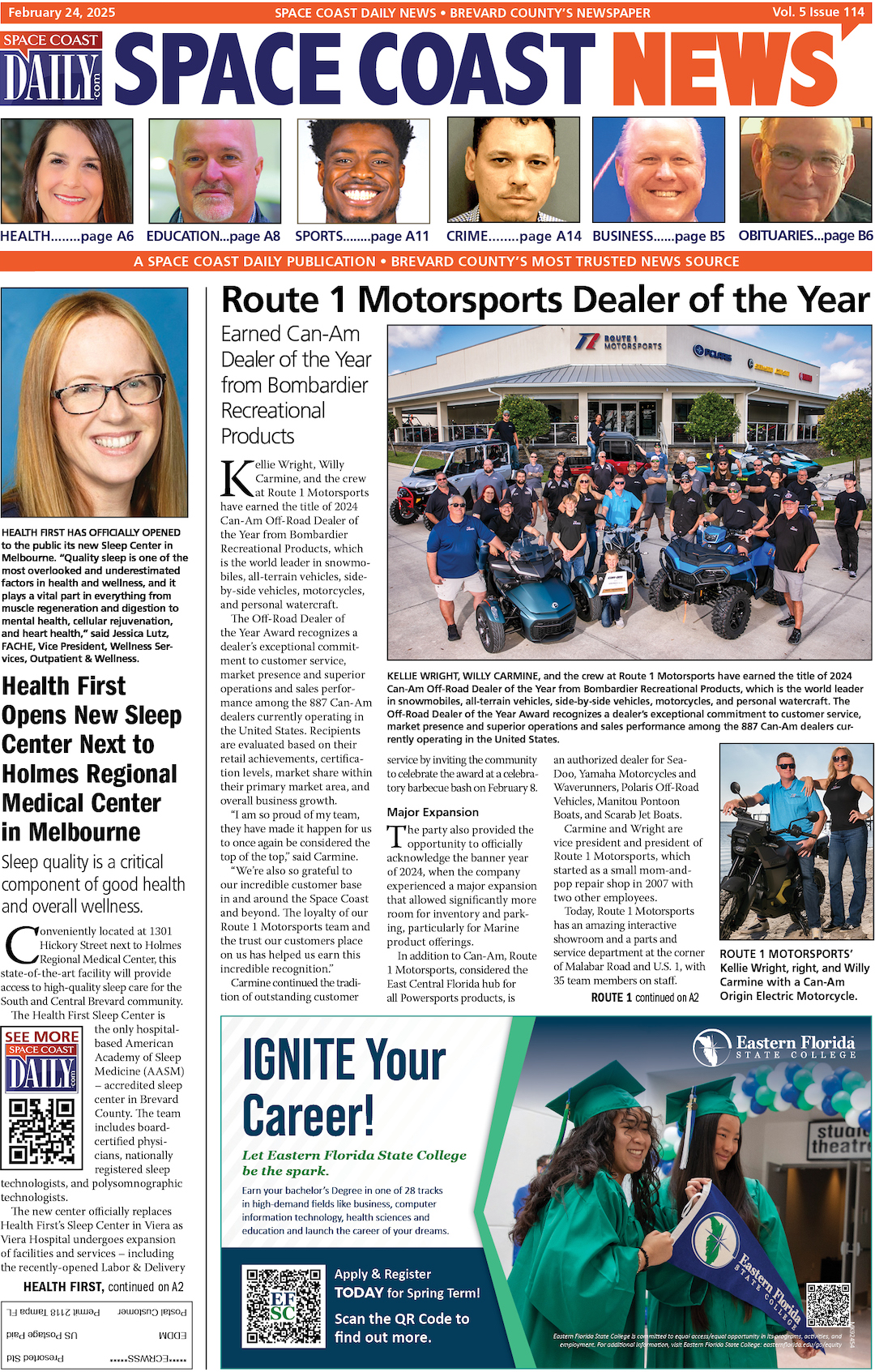Florida Tech Astrobiologist Manasvi Lingam’s Research Suggests Rogue Planets Could Sustain Life
By Ryan Randall, Florida Tech // September 30, 2021
there are 30-40 rogue planets traveling in interstellar space

BREVARD COUNTY • MELBOURNE, FLORIDA – A rogue planet is an interstellar object of planetary mass without a host planetary system. As they freely roam around space, could they be fertile nurseries for life?
A Florida Tech scientist believes it’s possible based on extensive research he has undertaken over the past several years.
In research highlighted this summer in Discover Magazine, university astrobiologist Manasvi Lingam (along with Harvard researcher Avi Loeb) studied how life might survive on a rogue planet via oceans prevalent underneath a thick layer of ice.
The cold of interstellar space would be too much for the oceans to remain entirely liquid, but the researchers believe any putative biospheres would be protected from the cold via the ice layer, and the planet’s core would heat the planet from the inside.
Underneath the ice would potentially exist Earth-like oceans that could support life.
The possibilities for rogue planets facilitating life are of deep interest to Lingam as more planets are being discovered.
He noted that for every solar system discovered (each of which contains a handful of terrestrial planets), there are approximately 30-40 rogue planets traveling in the cold expanses of interstellar space. The nearest exoplanet to Earth is therefore expected to be one of these rogue planets.

“We normally think of planets bound to stars, such as Mars, that could support life, but in reality, these types of life-supporting planets could just be floating out there in the vast void of space with rich biospheres,” he said.
The next steps in the research are to do experiments on Earth to ascertain under what extreme conditions life could survive, such as low temperatures or low pressure.
A way of doing this is to analyze microbes that would not need sunlight, thereby building on previous research that has conclusively shown that more microbes exist that don’t require sunlight than those that do.
Another direction that merits future research is to look at rogue planets as they enter our solar system and research the planet’s conditions to see if it would facilitate life.
Lingam noted that technology would have to advance by only a modest amount to make traveling to these planets – if they are in our solar system – easier.
He has published a paper on this subject, detailing how missions to these interstellar interlopers are feasible. And this subject is also covered in his recent graduate-level textbook on astrobiology, Life in the Cosmos, published by Harvard University Press in July 2021.
“You might be able to get to a rogue planet in a few decades, and, rather than looking for other planets around other stars, this might be the best chance to study these planets,” Lingam said.
“Through a combination of gravity assists and suitable propulsion systems, you could reach the rogue planet in 20 years or so. Once you have a probe on the surface, you can beam the data back and it would probably take a few months to learn what it looks like on the surface.”
CLICK HERE FOR BREVARD COUNTY NEWS














